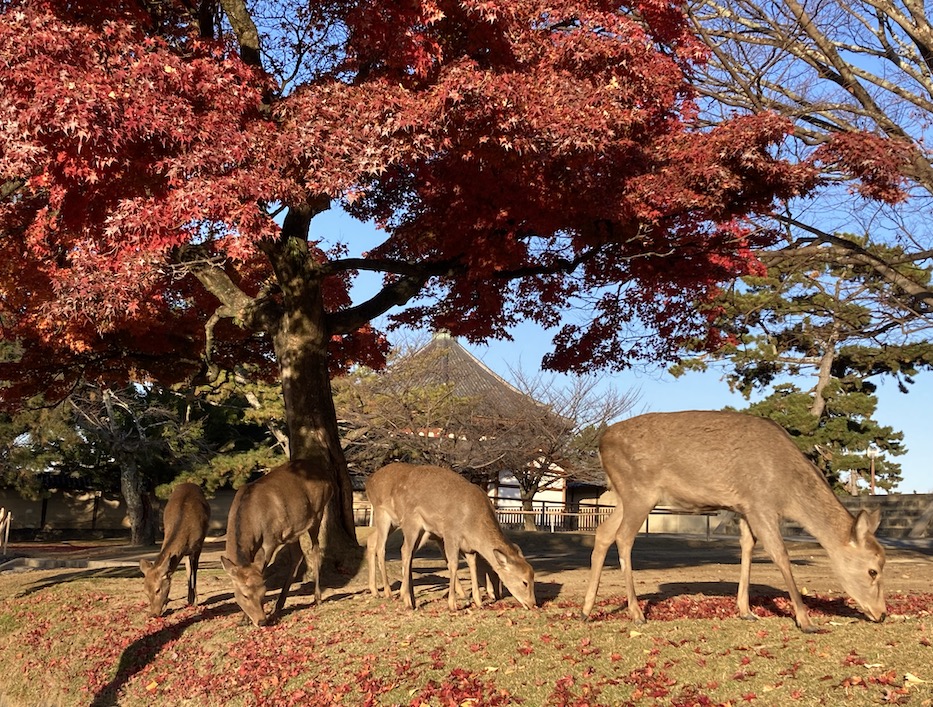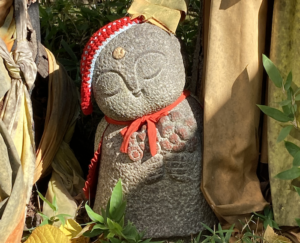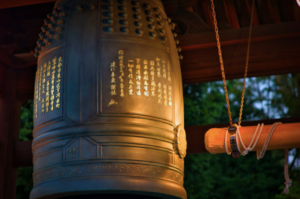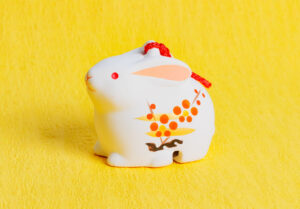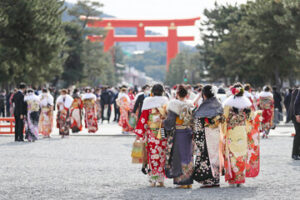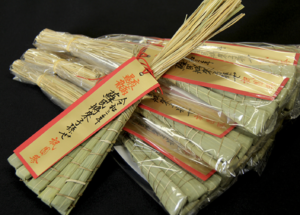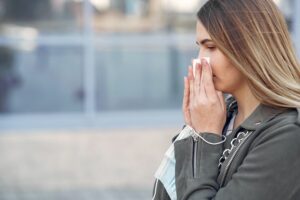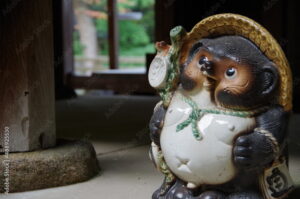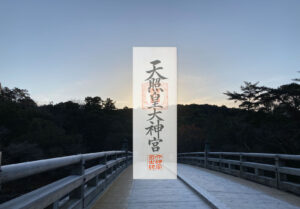Todaiji Temple and Nara Park, popular tourist destinations, are home to many friendly deer.
It is said that Nara is the only place in the world where deer and humans coexist.
The reason why there are so many deer in Nara Park and Todaiji Temple
Deer in Nara Park and Todaiji Temple are believed to be divine messengers of Kasuga Taisha Shrine.
Nara Park is part of the grounds of Kasuga Taisha Shrine. It is said that when Kasuga Taisha was built, Takemikazuchi no Mikoto, the Shinto god of Kashima Shrine in Ibaraki Prefecture, came to the shrine riding on a white deer, the messenger of the deity.
For this reason, the deer in Nara Park have been heavily protected since ancient times, and in the past, killing one was severely punished.
Today, the deer in Nara Park are “wild animals” that are designated as national natural species. Since they are not domesticated animals, they do not have owners, but it is illegal to catch or harm them.

How long have the deer been in Nara Park?
In 750, the actual presence of deer is mentioned in an ancient Japanese book, Manyoshu.
How many deer live in Nara Park and Todaiji Temple
Currently, there are about 1,200 deer.
They live as wild animals and are designated as national natural spiecies. Like humans, female deer tend to live longer than male deer, and there are about three times as many female deer as male deer.
Deer are basically left alone in the wild, but those that become pregnant are temporarily sheltered in a facility located within the grounds of Kasuga Taisha Shrine.
Deer in Nara are healthy and long-lived
Deer in Japan are said to have a life span of about 10 to 12 years for males and 15 to 20 years for females.
The average life span of Nara deer is 12-15 years for males and 20-25 years for females, when deaths during the juvenile stage are excluded.
This is not an exact comparison because the standards for calculation are different, but it is clear that they live a long time.
Although deer in Nara are “wild,” it is assumed that this is because sick deer and deer injured in accidents are protected by the “Nara Deer Protection Society,” and because the entire Nara Park area is managed, so deer have no natural enemies and are under less stress.
On the other hand, it is also a fact that deer coexist with humans, causing traffic damage and health problems due to the feeding of human snacks and bread.
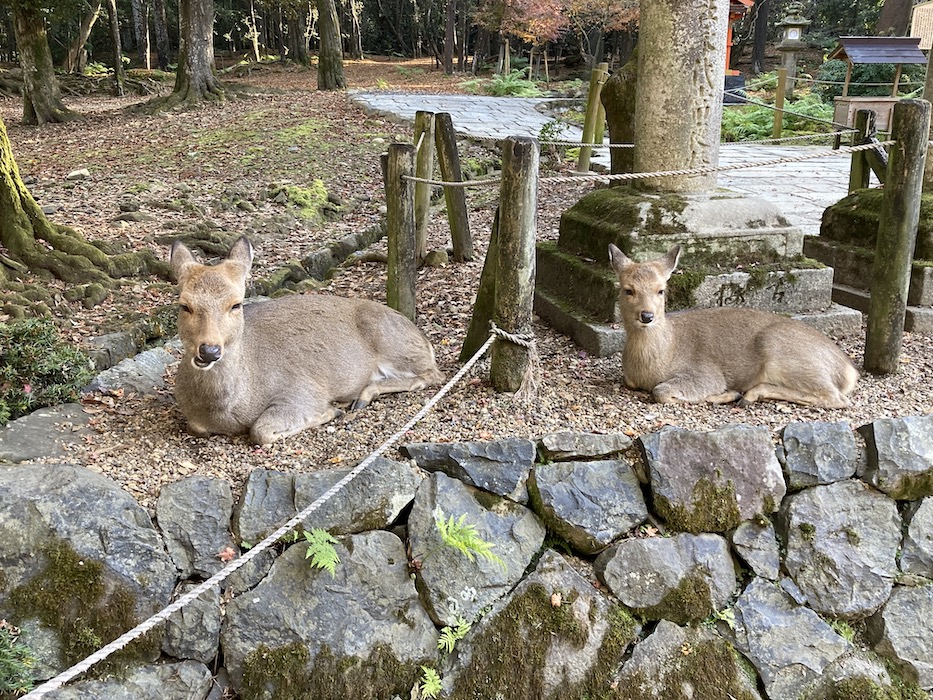
What Deer Eat and Cautions
Wild deer love acorns, leaves, grass, and bamboo grass. They also love flower petals. In spring, you can see them feeding on the petals of cherry and plum trees that have fallen to the ground.
With the exception of a few poisonous plants, deer can eat almost any plant.
Deer are ruminants, so they eat, rest, and ruminate every two to four hours.
They can get sick if they eat human food, so never feed them anything other than deer crackers “Shika Senbei”.
What are deer crackers “Shika Senbei”?
Deer crackers “Shika Senbei” are a registered trademark of the Nara Deer Protection Society. It is a snack produced by a designated vendor exclusively for deer.
The ingredients are rice bran and wheat flour. No seasonings are used, so there is no problem even if deer eat them. Deer eat about 5 kg of grass and leaves per day, and eating a large amount of deer crackers (about 3-4 g per piece) will not affect them much.
The paper that the deer crackers are wrapped in (the Patronage Association’s certificate) is made in such a way that it is not harmful to the deer, so it is safe to feed them.
Deer crackers have a long history and were already being sold in the 1670s.
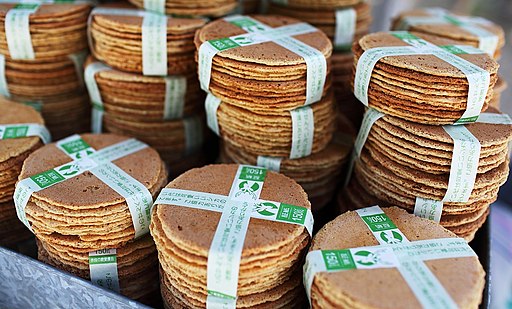
Where Deer in Nara Park Spend the Night
Since they are wild animals, they do not have a home to go back to even at night. At dusk, they move to a safe place and spend the night in groups of about 20 deer. It is assumed to be a quiet bush area in Nara Park, but occasionally there are groups of deer that spend the night on sidewalks and road median strips.
At sunrise, the deer go to work again in the park, precincts and approach roads where they feed and spend the day.
Points to Remember to Befriend the Deer

Don’t be too impatient to give them deer crackers “Shika Senvei”
Deer will come to people holding deer crackers. There are many cute deer that bow to you. However, if you are too impatient to give the deer crackers in order to get a picture or video of them, or to make them bow more, they may attack or bite you.
Deer are wild animals. It is not the deer that is at fault. It is people who do not give them food quickly enough for their own convenience.
Don’t do anything deer don’t like
Do not do anything that might frighten or startle the deer, such as sudden touching, hitting, yelling nearby, or chasing. Surprising, teasing, or misbehaving deer may result in an attack.
Do not feed them human food
Deer eat grass, leaves, flowers and acorns. Giving them human snacks or bread can make them sick.
Do not throw garbage away
Deer will put anything in their mouths, including snack bags, plastic bags, and pamphlets. Please do not throw garbage away, but take it home or dispose of it in designated areas.
Sea turtles are not the only animals that get sick or die from eating plastic bags.
Deer are a special animal in all of Japan?
Deer, which eat anything on plants and trees, are designated as “vermin” because they cause damage to crops and forests and have a strong impact on the ecosystem. All over Japan, deer are not as carefully protected as in Nara.
Friendly deer are cute and soothing to a tired body and soul. Enjoy interacting with deer in Nara.
👉Feel free to contact us if you have any questions.

